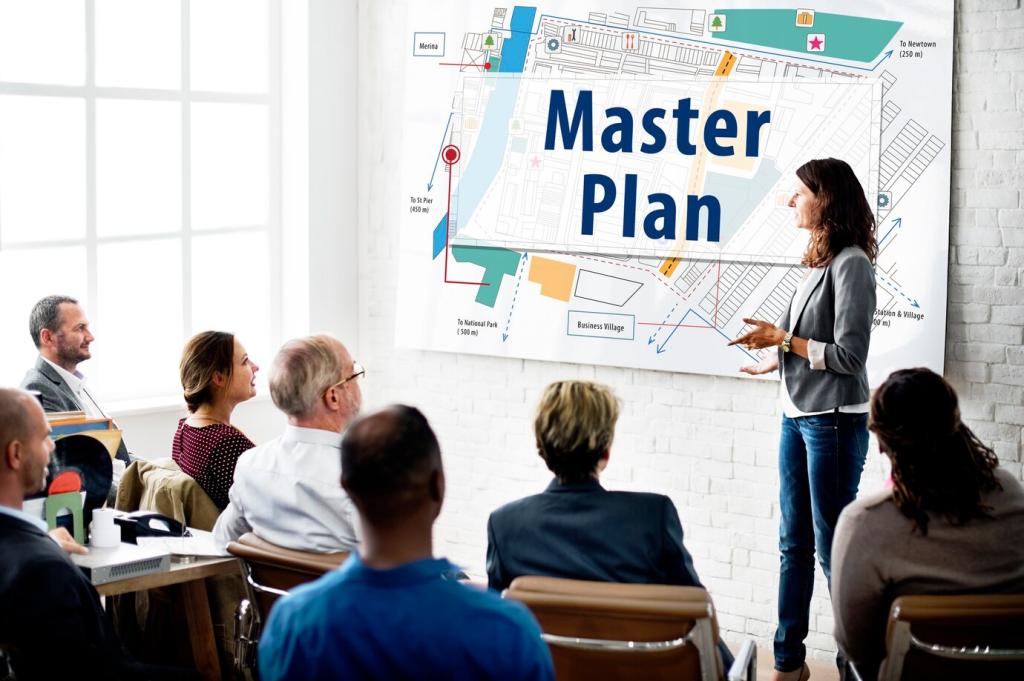Why Video Conferencing Elevates Training Outcomes
When training moved online for a regional sales team, travel budgets vanished while attendance rose. Video conferencing transformed their weekly coaching into focused, global meetups, letting top performers share tactics instantly. Comment with your own before-and-after training story.
Why Video Conferencing Elevates Training Outcomes
Breakout rooms, live polls, and collaborative whiteboards nurture active learning. Rather than listening passively, learners co-create solutions in real time. Try a mid-session poll today and reply with your favorite engagement tactic and why it works for your audience.












